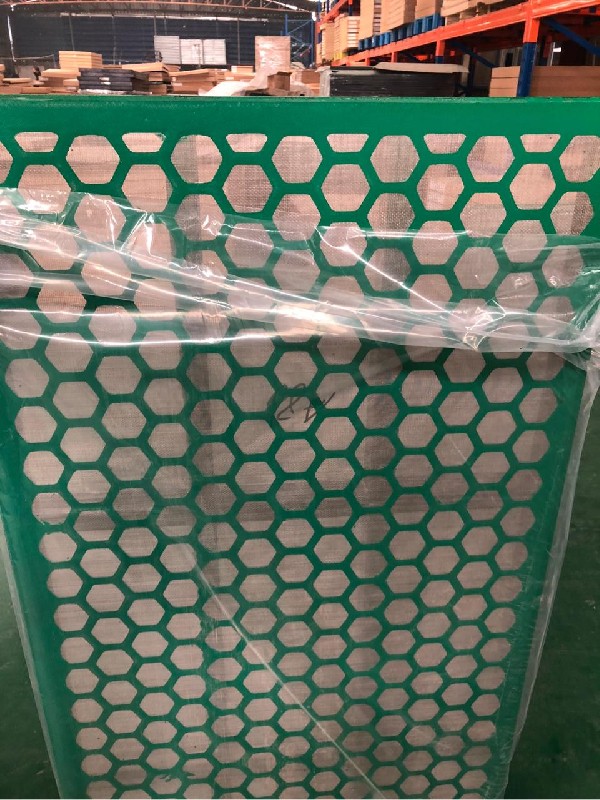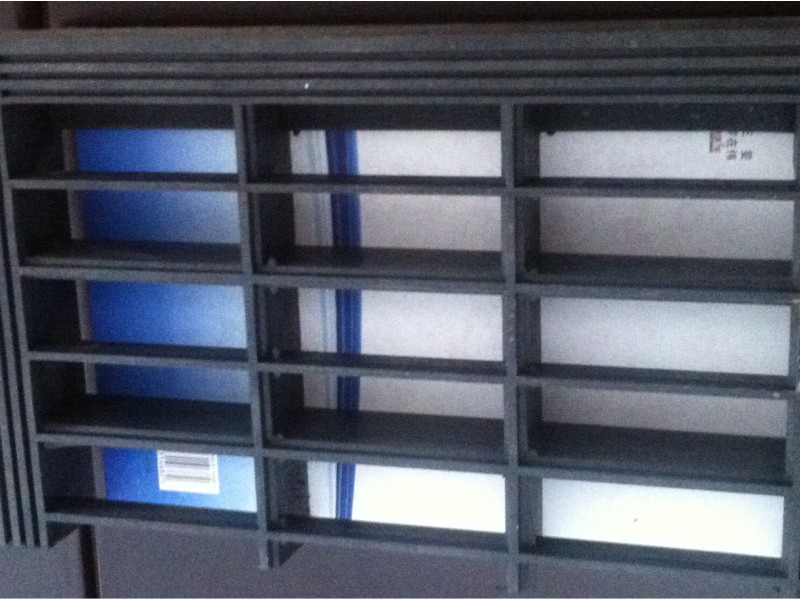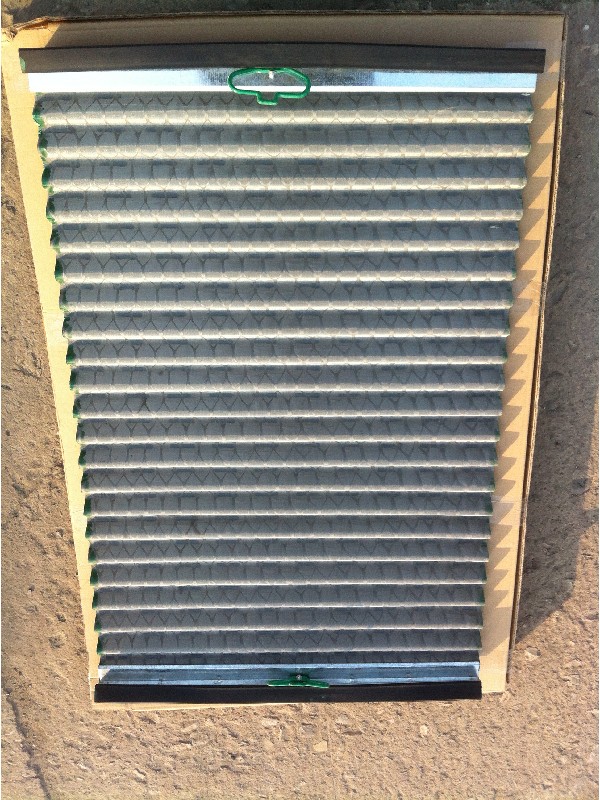Shaker screens play a crucial role in the drilling process, especially in oil and gas exploration. They are designed to separate solids from drilling fluids, ensuring a smooth and efficient operation. Choosing the right shaker screen can significantly impact the effectiveness of your drilling process. In this guide, we'll explore the various aspects of shaker screens, including where to find a shaker screen for sale, understanding shale shaker screen mesh sizes, and how different shale shaker screen sizes can affect your operations.


Finding the Right Shaker Screen for Sale
When looking for a shaker screen for sale, it's important to consider several factors to ensure you're getting the best product for your needs:
Material and Durability: Look for screens made from high-quality materials such as stainless steel, which offer durability and resistance to wear and tear. This is especially important in harsh drilling environments where the screens are exposed to abrasive solids and corrosive drilling fluids.
Compatibility: Ensure that the shaker screen you purchase is compatible with your existing shale shaker equipment. Different models of shale shakers require specific screen sizes and configurations, so compatibility is key to maximizing efficiency.
Supplier Reputation: Buy from reputable suppliers who offer reliable and high-quality shaker screens. Check reviews and ask for recommendations to find trusted suppliers in the industry.
Cost and Availability: Compare prices and availability from different suppliers to find a shaker screen that fits your budget without compromising on quality.
Understanding Shale Shaker Screen Mesh Sizes
The mesh size of a shale shaker screen refers to the number of openings per linear inch of the screen. This is a critical parameter that determines the screen's ability to separate solids from drilling fluids.
Fine Mesh Sizes: Finer mesh sizes (higher mesh numbers) are designed to separate smaller particles from the drilling fluid. These are ideal for drilling operations where precise separation is necessary, such as in the oil and gas industry.
Coarse Mesh Sizes: Coarser mesh sizes (lower mesh numbers) are used for separating larger particles. These screens are suitable for drilling operations involving larger cuttings and where rapid fluid recovery is more important than fine separation.
Choosing the Right Mesh Size: The choice of mesh size depends on the specific drilling conditions, the type of formation being drilled, and the desired level of separation. Operators must consider factors like fluid viscosity, particle size distribution, and drilling speed when selecting the appropriate mesh size.
Exploring Different Shale Shaker Screen Sizes
Shale shaker screen sizes vary depending on the design and requirements of the shale shaker being used. The size of the screen affects the overall efficiency of the drilling fluid recovery process and the quality of solids removal.
Standard Screen Sizes: Shale shaker screens are available in a range of standard sizes, such as 48x30, 40x30, and 28x28 inches. These sizes are designed to fit most shale shakers and provide efficient separation performance.
Customized Screen Sizes: For specialized drilling operations, customized screen sizes may be required to meet specific requirements. Custom screens can be tailored to fit unique shaker designs or to optimize performance for particular drilling conditions.
Screen Panel Design: The design of the screen panel, including the number of layers, mesh configuration, and frame construction, also affects the screen's performance. Multi-layer screens offer enhanced durability and improved solids control, while single-layer screens provide cost-effective solutions for less demanding applications.
Maximizing Efficiency with the Right Shaker Screen Selection
Selecting the right shaker screen is essential for optimizing drilling operations and minimizing downtime. Here are some tips to help you make the best choice:
Assess Drilling Conditions: Evaluate the specific conditions of your drilling project, including the type of formation, drilling depth, and expected particle sizes. This will help you determine the ideal mesh size and screen type for your operation.
Regular Maintenance and Inspection: Regularly inspect and maintain shaker screens to ensure they remain in good condition. This includes checking for signs of wear and tear, cleaning screens to prevent clogging, and replacing damaged screens promptly.
Utilize Screen Technology: Take advantage of advanced screen technology, such as composite screens or pretensioned screens, which offer superior performance and durability compared to traditional metal screens.
Invest in Quality Shaker Screens for Optimal Drilling Performance
The success of your drilling operations heavily relies on the efficiency of your solids control equipment, and the shaker screen is a critical component in this process. By choosing the right shaker screen, understanding shale shaker screen mesh sizes, and selecting the appropriate shale shaker screen sizes, you can enhance the performance of your drilling operations, reduce costs, and improve overall productivity. Whether you're looking for a shaker screen for sale or need expert advice on the best screens for your project, investing in quality shaker screens will ensure the smooth and efficient running of your drilling equipment.

 Linear Motion Shale Shaker In Drilling Rig
Linear Motion Shale Shaker In Drilling Rig  Oilfield Mud Cleaner
Oilfield Mud Cleaner  Drilling Fluid Decanter Centrifuge
Drilling Fluid Decanter Centrifuge  Drilling Mud Desander
Drilling Mud Desander  Hydrocyclone Desilter
Hydrocyclone Desilter  Centrifugal Pump/Centrifugal Mud Pump
Centrifugal Pump/Centrifugal Mud Pump  Shear Pump
Shear Pump  Jet Mud Mixer
Jet Mud Mixer  Horizontal Mud Agitator
Horizontal Mud Agitator  Constant Pressure Drilling Fluid Mud Gas Separator
Constant Pressure Drilling Fluid Mud Gas Separator  Mud Gun
Mud Gun  Mud Tank
Mud Tank  Solids Control System Vacuum Degasser
Solids Control System Vacuum Degasser  Flare Ignition Device
Flare Ignition Device  Diesel Tank
Diesel Tank  Submersible Slurry Pump
Submersible Slurry Pump 








































